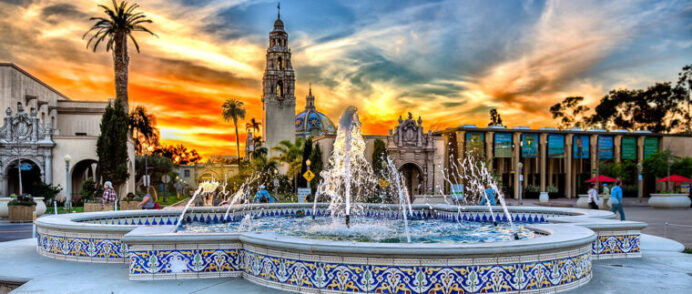
The primary goals of this project were to review and assess the implementation of the 1989 Balboa Park Master Plan and provide recommendations for future plan updates. In the first chapter of this report, we discuss previous planning efforts, including the 1989 Balboa Park Master Plan, City of San Diego General Plan, and the 2021 […]
Read More… from Balboa Park Master Plan Analysis Florida Canyon, Zoo Parking Lot, Arizona Landfill, Morley Field, and Inspiration Point

The Sage Project at San Diego State University was commissioned to look at opportunities for the potential development of a housing shelter in Balboa Park. Students of the Howard Blackson III’s City Planning 700 Urban Design and Land Use Planning Studio course applied design standards they learned throughout the semester into developing a campus consisting […]
Read More… from Balboa Park: Housing Campus
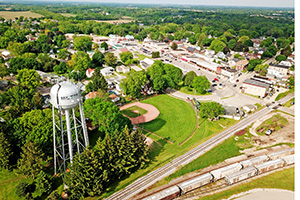
To better understand how to engage youth in local government, this report considers potential barriers, opportunities, and models for youth participation in local governance. UniverCity Contact Info: UniverCityAlliance@wisc.edu […]
Read More… from Encouraging youth involvement in local government
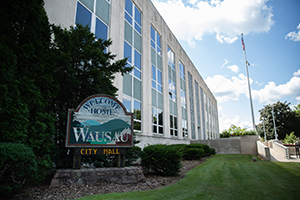
The goal of this study is to assess how pedestrian-friendly Wausau’s current infrastructure is and identify areas where improvements can be made toincrease accessibility and safety. By identifying where accessibility gaps exist, the City of Wausau can better plan for future pedestrian infrastructureprojects. To identify sidewalk accessibility gaps and problem intersections and crosswalks within Wausau, […]
Read More… from Becoming a more pedestrian-friendy city: Wausau, Wisconsin

Requested by the City of Wausau’s Community Development Department, this report analyzes how Wisconsin municipalities use developer incentives on Tax Increment Financing (TIF) projects and how such usage has changed with the COVID-19 pandemic. Incentives are a primary way to attract private developers to TIF projects, which are among municipalities’ main tools for promoting economic […]
Read More… from Granting developer incentives on TIF projects: How Wausau compares with peer cities
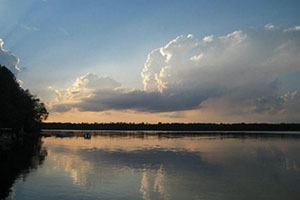
A group of graduate students from the Nelson Institute for Environmental Studies at the University of Wisconsin-Madison worked collaboratively with representatives of the Eau Claire River Watershed Coalition (ECRWC) to create a conservation action plan for Lake Altoona. The ECRWC created a 9-key element plan in 2015-2017 and meets monthly to update members on the […]
Read More… from Developing a conservation plan for Lake Altoona

This report addresses the issue of sediment accumulation in Eau Claire River lake impoundments and assesses the benefits and costs of four different options regarding its removal, along with additional sub-options. The purpose of this planning effort is to provide a reference framework for Eau Claire County to use when estimating the outcomes of each […]
Read More… from Analyzing the costs and benefits of sediment removal from the Eau Claire River
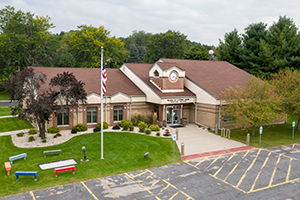
This report was produced to aid in the City of Cottage Grove’s ongoing economic development efforts to revitalize its growing downtown district. Key tasks of the project involve reviewing background information provided by the project sponsor, gathering and sharing relevant contextual analysis, preparing for public input, and creating a visual preference survey. The context analysis […]
Read More… from Surveying the Cottage Grove community about economic development strategies
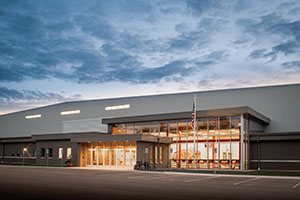
Marinette’s civic leaders and community members have been discussing the need to implement actionable steps towards pedestrianization and cycling-friendliness. According to the 2021 five-year estimates from the American Community Survey (ACS) census data, less than one percent of Marinettes’ citizens biked to work and approximately five percent walked to work. Marinette is a city that […]
Read More… from Assessing Soft Mobility and Micro Mobility in Marinette, Wisconsin





